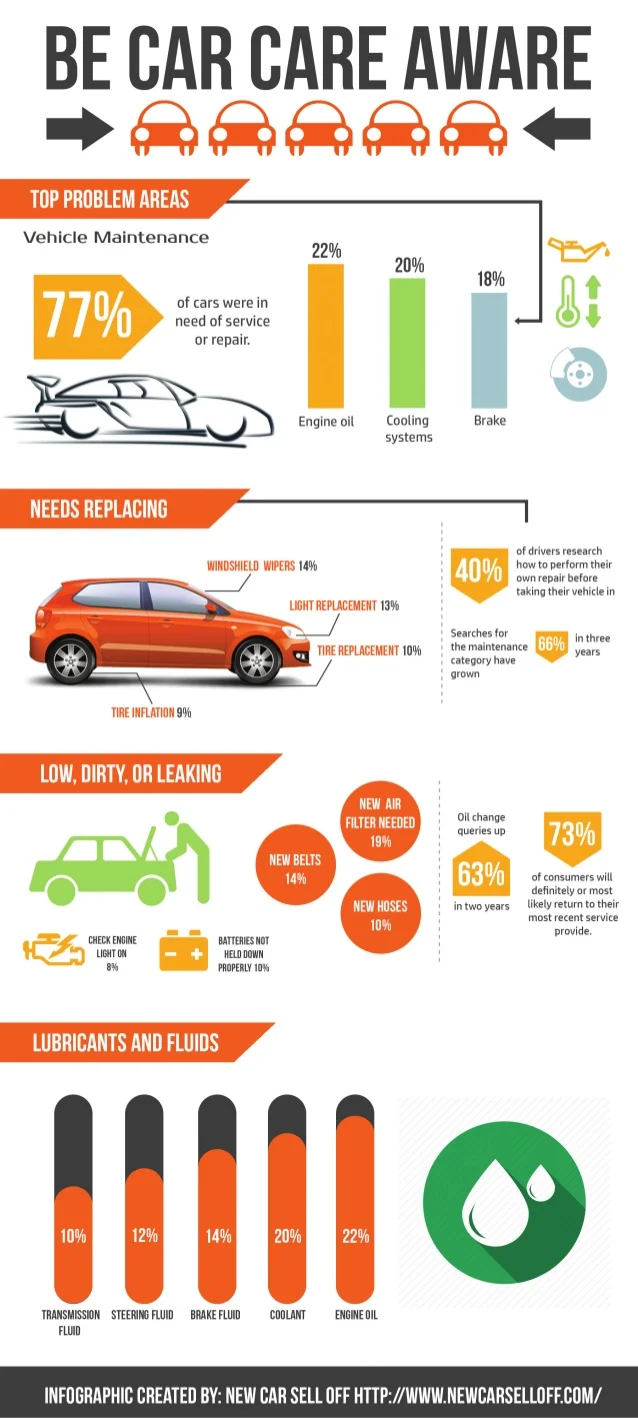Understanding The Value Of Your Cars And Truck'S Warning Signals: What They Really Stand For
Understanding The Value Of Your Cars And Truck'S Warning Signals: What They Really Stand For
Blog Article
Web Content Writer-Sykes Winters
When you're behind the wheel, those glowing warning lights on your control panel can be a bit complicated. Do you understand what they're attempting to inform you about your automobile's wellness? Comprehending the relevance of these lights is essential for your safety and the longevity of your vehicle. So, the following time among those lights turns up, wouldn't you intend to decipher its message accurately and take the essential actions to address it?
Common Warning Lights and Interpretations
Recognize typical warning lights in your automobile and comprehend their meanings to ensure secure driving.
The most normal warning lights consist of the check engine light, which indicates concerns with the engine or emissions system. If this light begins, it's critical to have your automobile checked promptly.
The oil stress warning light indicates low oil stress, calling for prompt interest to avoid engine damages.
A flashing battery light could suggest a damaged billing system, possibly leaving you stranded otherwise dealt with.
The tire pressure monitoring system (TPMS) light notifies you to reduced tire pressure, impacting automobile security and fuel performance. Overlooking this could cause risky driving conditions.
The abdominal light shows a problem with the anti-lock stopping system, endangering your capability to stop promptly in emergency situations.
Lastly, the coolant temperature advising light warns of engine overheating, which can result in serious damage if not dealt with quickly.
Understanding these common warning lights will certainly aid you address problems quickly and preserve risk-free driving conditions.
Relevance of Prompt Interest
Understanding the common warning lights in your car is just the very first step; the significance of quickly addressing these warnings can't be stressed enough to ensure your safety when driving.
When a warning light illuminates on your control panel, it's your automobile's means of communicating a possible issue that requires interest. Ignoring these warnings can lead to much more serious problems in the future, compromising your safety and possibly costing you extra out of commission.
Prompt attention to warning lights can protect against malfunctions and mishaps. For instance, a flashing check engine light can show a misfire that, if left unattended, might cause damage to the catalytic converter. Resolving https://www.fourstateshomepage.com/news/local-news/fire-officials-discover-cause-of-auto-repair-shop-blaze/ can save you from an expensive fixing.
Likewise, a brake system warning light might indicate low brake fluid or worn brake pads, essential parts for your security when driving.
DIY Troubleshooting Tips
If you see a caution light on your control panel, there are a few DIY fixing ideas you can attempt before seeking expert assistance.
The primary step is to consult your vehicle's guidebook to recognize what the particular caution light shows. In some cases the problem can be as easy as a loose gas cap causing the check engine light. Tightening up the gas cap may resolve the issue.
https://service-schedule06273.blog-eye.com/32214730/eco-friendly-auto-describing-products-you-must-try is a low battery, which can activate different warning lights. Checking the battery connections for deterioration and guaranteeing they're secure may take care of the trouble.
If a warning light lingers, you can attempt resetting it by separating the auto's battery for a couple of minutes and then reconnecting it. In addition, examining your automobile's liquid degrees, such as oil, coolant, and brake fluid, can aid fix alerting lights associated with these systems.
Final thought
Finally, recognizing your automobile's caution lights is important for keeping your automobile running smoothly and securely. By quickly dealing with these notifies and recognizing what they suggest, you can avoid pricey repair work and potential malfunctions.
Bear in mind to consult your automobile's guidebook for particular information on each cautioning light and act appropriately to make certain a hassle-free driving experience.
Keep informed, stay safe when traveling!
